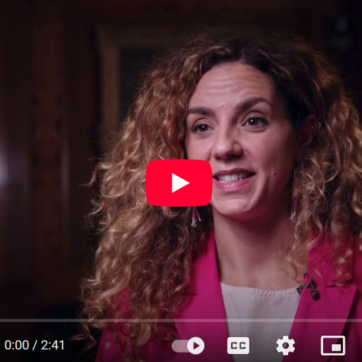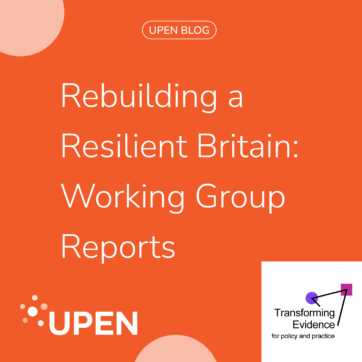In the UK we have recently seen a range of new evidence centres being launched to combat pressing social issues.
Centres launched since 2019 include the Youth Futures Foundation, the Youth Endowment Fund and the Centre for Transforming Access and Student Outcomes in Higher Education (TASO). And there are a range of other projects in the wings. When new evidence centres are developed, there is now a body of learning from more established centres to draw on.
Our new practical guide, shares insights from the Alliance’s and Nesta’s experience in helping to develop more than eight evidence centres. It draws on interviews with senior leaders from a range of evidence intermediaries, and published research. Key findings from the report are summarised here. This blog shares some quotes from our guide about what the teams establishing new evidence centres need to know:
1. Take time to understand your users
It is worth using ethnography so that you properly understand the sector – who are the decision makers? What are the points in their day when they’re making decisions? Where do they go for information? Really understanding the users is incredibly valuable. (Jen Gold, head of the What Works Team at the Cabinet Office)
2. Define a clear set of outcomes
To have an anchor on attainment as a primary outcome was really important. […] It is always better I think, from the EEF’s experience and ones I’ve been involved in, to start with a relatively defined set of parameters and broaden them out once you start to get those initial ones covered. (James Turner, former deputy CEO at the Education Endowment Foundation)
3. Big consortiums can be challenging to manage
We came together as four to five organisations quickly and didn’t do a lot of talking at the start of the programme about who would be in charge of what, and what the ground rules were for working together. It led to frictions, pinch points, which sometimes got in the way of our being as effective as we might have been. (Greg Wilkinson, former programme director, Development Team, What Works for Children’s Social Care)
4. It takes time to lay the groundwork
It’s easy to underestimate how long everything takes. We agreed with Nesta over a year ago to start the process of spin-out. […] It might take 18 months rather than six months. (Georgia Parry, operations manager, What Works for Children’s Social Care, UK)
5. Provide the evidence that your users need
We have taken a demand-led approach right from the beginning. Our approach from the beginning was to see what the evidence need is from policymakers, then seeing how it can be addressed. You have created a landing pad for the work by understanding what the interest is first. (Steve Martin, director, Wales Centre for Public Policy)
6. Gap maps and toolkits can be cost-effective and have a wide reach
In terms of bang for buck, synthesis is where it’s at. If the EEF had relied only on RCTs and didn’t have the toolkit to start with (it was there from the start in a basic form, which relies on synthesis) they may not have been as successful or well received in the sector early on. (James Turner, former deputy CEO at the EEF)
7. It is challenging to assess your impact but worth the effort
We’ve looked far and wide and, truth is, there is no roadmap for how an organisation like ours understands its impact. So we’re designing one. (Centre for Homelessness Impact, 2019-24 strategy)


